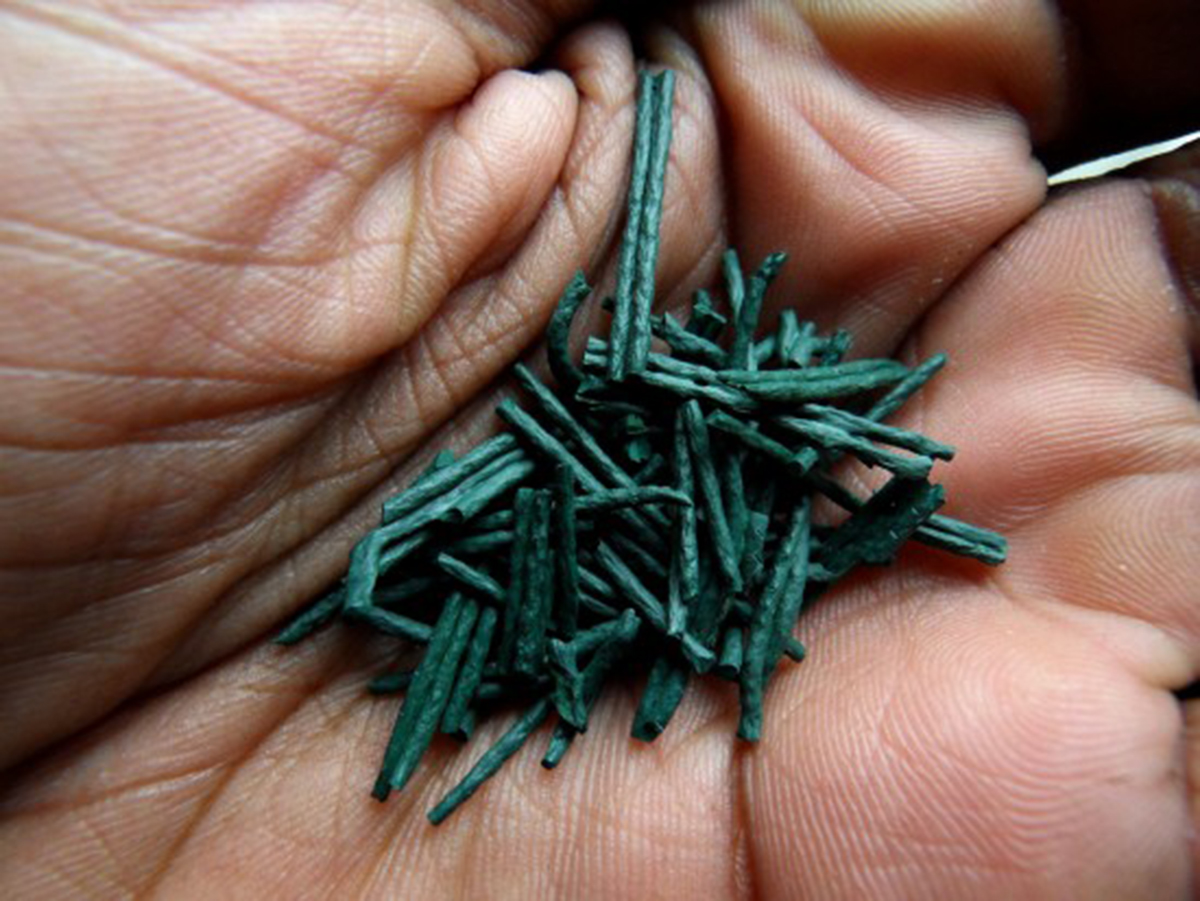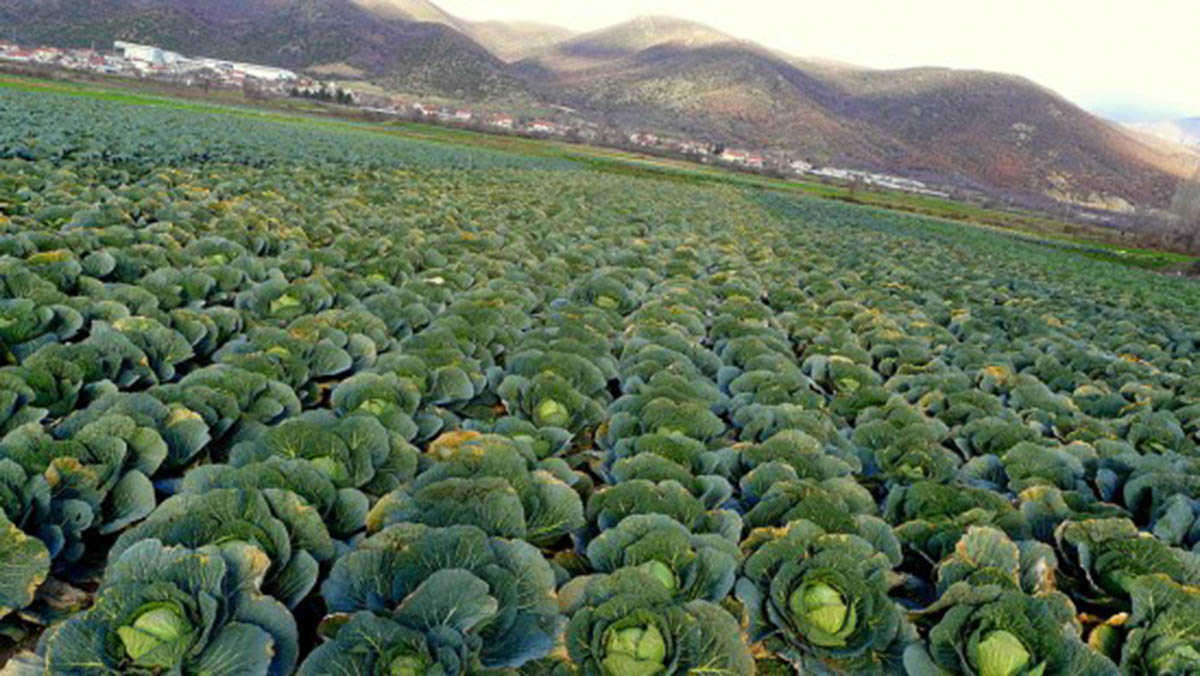Wouldn't it be great if beating breast cancer was as simple as making sure you had a V-8?
Dr. Madhwa Raj of the Research Professor in Obstetrics and Gynecology at the Louisiana State University Health Sciences Center New Orleans and its Stanley S. Scott Cancer Center hasn't discovered a vegetable cocktail that kills cancer, but he and his colleagues may have discovered six plant chemicals that someday will.
Breast cancer is the second-leading cause of women in the United States and the most common cancer across the globe, and effective preventative and treatment approaches could save a lot of lives. Will this come down to herbal medicine in the end?

Stopping the Cycle of Remission and Relapse
If you or someone you know and love has had breast cancer, chances are you have seen a discouraging progression of events. After the cancer is diagnosed, the first round of treatment, whether it's surgery or radiation or chemotherapy or a combination of them, works well, and the result is remission — the patient is declared cancer-free (for now) and gets on with her life. Then a few years later the cancer comes back. The doctors find a different combination of surgery or radiation or chemotherapy that works, and the cancer goes into remission again. But a few years after that the cancer comes back yet again, and eventually doctors run out of ways to treat it.
The Basic Problem of Fighting Breast Cancer
The reason breast cancer resists treatment, researchers believe, is that a small number of stem cells in the breast become cancerous. Stem cells, as you probably know, are cells with the ability to become any kind of tissue in the body. Your body makes a tremendous number of blood cells from stem cells throughout your life. Your body, it's no surprise, makes fat cells from stem cells, and it also uses stem cells to repair your bones, your heart, and even your brain, although in small numbers, very slowly. When stem cells become breast cancer cells, however, the disease keeps coming back no matter what treatments the doctors throw at it.
The key to beating cancer may be finding a way to keep stem cells from creating cancer cells, without keeping stem cells from forming the blood and bone and heart and other tissues your body needs to repair itself. If there were some way to "turn off" just these stem cells, then cancer would not have the capacity to become resistant to multiple drugs, the team believed. Dr. Raj and his collaborators may have found a way to do just that.
Read More: Tips For Breast Cancer Prevention
Six Potent Phytochemicals for Fighting Breast Cancer
The Louisiana State University and Stanley S. Scott Cancer Center researchers identified six plant chemicals that together showed profound effects on breast cancer cells isolated into the test tube. Individually, the six chemicals had little or no effect on the development or progression of cancer, but together they "flipped a switch" that triggered a process called apoptosis, or cellular suicide, in 100 percent of the cancer sample. The six chemicals were:
- C-phycocyanin from spirulina,
- Curcumin, the main antioxidant in the curry powder spice turmeric,
- Indo-3-carbinol, which is found in plants in the cabbage family,
- Isoflavones, estrogen-like compounds found in soybeans.
- Quercetin, an antioxidant that is found in most plant foods, but especially in apples (more in the peel than in the flesh), onions, and grapefruit, and
- Resveratrol, an antioxidant found in red grapes but usually concentrated from a plant called Chinese knotweed when it is used in supplements.
Will What Works In The Test Tube Work for You?
In the laboratory, the six-chemical combination has extraordinary power to stop breast cancer cells. The combination stopped cell growth by 80 percent. The anti-cancer cocktail was found to inhibit the migration of cells, the process by which individual cells escape a tumor and metastisize to the rest of the body. It triggered cell cycle arrest, stopping the progression of steps through which a cell duplicates its DNA and organelles ("organs" within the cell) so it can divide to create a new cell. And in 100 percent of cells in the laboratory, the combination of the scientists' six plant chemicals induced a process called apoptosis, in which the cell shuts down without creating its replacement. Yes, that means the combo stopped breast cancer in its tracks.

The scientists did not test the combination against the especially aggressive BRAC-1 and BRAC-2 strains of breast cancer, but it is already known that four of the chemicals used in the experiment are effective against them as well. The researchers believe the combination of chemicals would also be effective in fighting ovarian cancer, another leading cause of cancer in women.
So, will what works in the test tube work in the human body?
There are some very significant differences between cancer cells in a laboratory experiment and cancer cells in the body. The cancer cells in the lab can be mixed directly with the chemicals used to treat them. Getting these six chemicals from food requires the ability to chew and swallow, and to digest the chemicals out of the food. Once the chemicals are digested, they have to pass through the hepatic portal vein into the liver. In the liver, they are activated by enzymes which have to be present for them to have the desired effect. Other food chemicals, hormones, environmental toxins, and medications can compete for the enzymes needed to activate the chemicals in the body.
Once the six cancer-fighting chemicals leave the liver, they have to circulate through the bloodstream through the entire body, maybe reaching the hidden stem cells that cause recurrence of cancer, or maybe not. And even in the laboratory, the cancer-fighting combo is only 80 percent effective at during the proliferation stage of cancer development.
But that doesn't mean that consuming foods that contain these chemicals won't help at all.
- Indole-3-carbinol, the chemical found in cabbage family vegetables, is well known to reduce the response of breast cancer cells to the female sex hormone estrogen. It is known to trigger aptosis, the previously mentioned "cellular suicide," in cancerous cells but not in non-cancerous cells. And a not-yet-published article in the American Journal of Clinical Nutrition will report that women who consume more cabbage family vegetables have about a 34 percent lower risk of the kind of breast cancer that is stimulated by estrogen.
- Spirulina is known to help breast cells take up the cancer-protective antioxidant selenium, and also to stop the growth of breast cancer in laboratory tumors. This evidence is at least consistent with the idea that a chemical in spirulina could have cancer-fighting efficacy in women.
- Women who consume more fermented soy products, numerous studies have found, tend to have lower rates of both estrogen-receptor positive (estrogen-stimulated) breast cancer and BRAC-2 breast cancer. The chemicals that fight cancer, however, have to be liberated by fermenting the soy to make miso or other fermented soy foods.
Read More: A Delicate Balance of Antioxidants May Determine Recurrence of Breast Cancer
Eating all of the foods that provide the cancer-fighting chemicals used in this research study probably does have a beneficial effect against cancer, although there are many variables that occur in the body that do not occur in the laboratory. It's certainly not a bad idea to add soy, turmeric, spirulina, red grapes, apples, cabbage and broccoli to the diet, and it won't hurt to take curcumin, resveratrol, and other phytochemical supplements. But it's too early for any woman to skip medical treatment in favor of a dietary cancer cure on the basis of this one study.
- Link LB, Canchola AJ, Bernstein L, Clarke CA, Stram DO, Ursin G, Horn-Ross PL. Dietary patterns and breast cancer risk in the California Teachers Study cohort. Am J Clin Nutr. 2013 Dec. 98(6):1524-32. doi: 10.3945/ajcn.113.061184. Epub 2013 Oct 9.
- Raj MH, et al. Simultaneous Inhibition of Cell - Cycle, Proliferation, Survival, Metastatic Pathways and Induction of Apoptosis in Breast Cancer Cells by a Phytochemical Super - Cocktail: Genes That Underpin Its Mode of Action. Journal of Cancer, November 2013.
- Photo courtesy of WILLIAM ISMAEL by Flickr : www.flickr.com/photos/williamismael/5680757625/
- Photo courtesy of Ksenija Putilin by Wikimedia Commons : en.wikipedia.org/wiki/File:Dojranski_zelki.jpg

